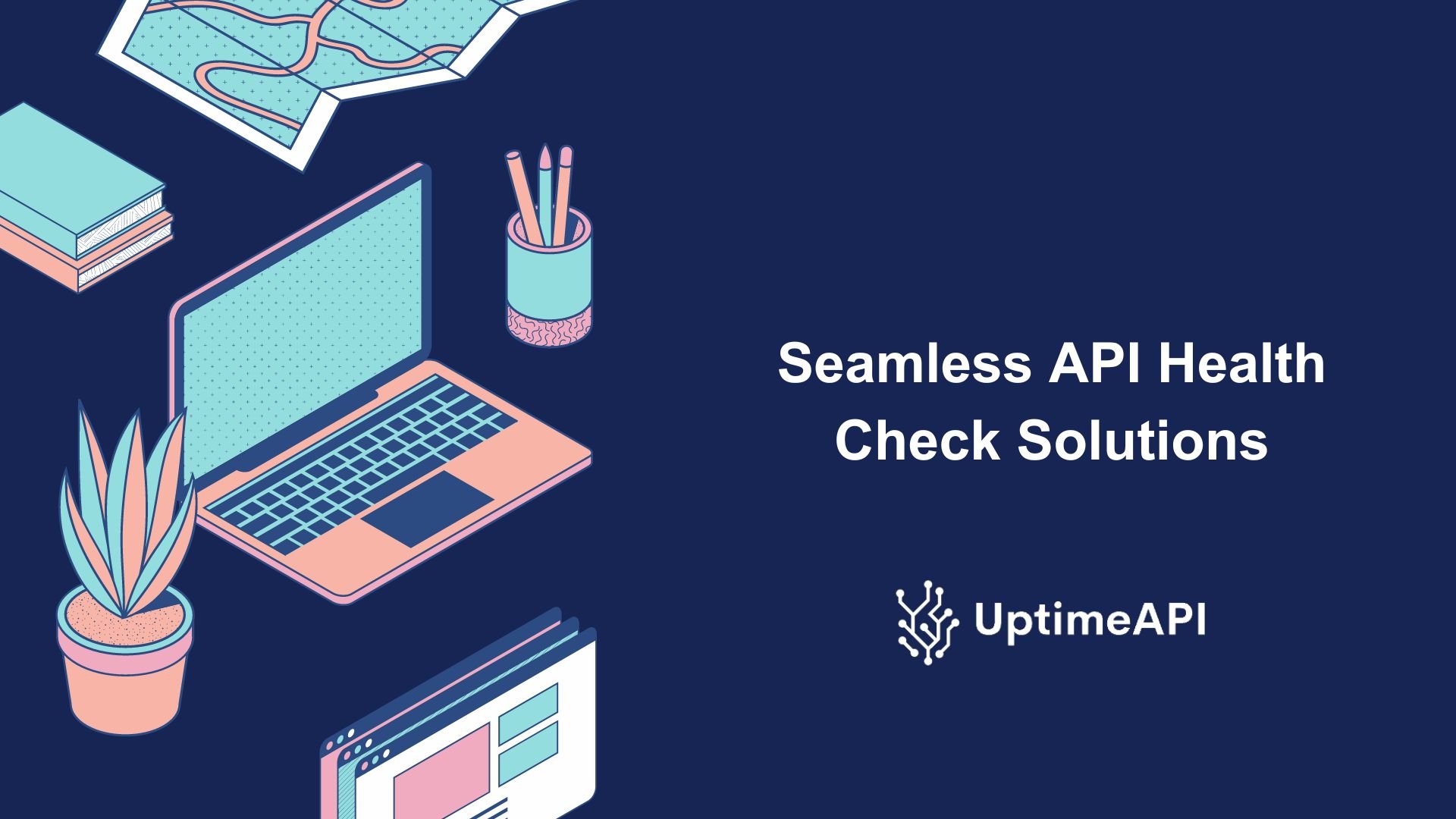Seamless API Health Check Solutions

Within the rapidly evolving field of digital connectivity, API health check acts as gatekeepers, securing the doors to smooth data transfer. Their importance is deeply ingrained in operational reliability and business continuity, going far beyond simple technicalities.
Understanding The Significance of API Reliability
At the core of every digital interaction lies the intricate dance of Application Programming Interfaces (APIs), orchestrating the exchange of information between disparate systems with unparalleled finesse. Yet, this symphony can falter without the assurance of API health, plunging businesses into the abyss of uncertainty.
Imagine a scenario where critical transactions hang in limbo, paralyzed by the unrelenting grip of API downtime. In such moments, businesses are not merely inconvenienced; they are thrust into a maelstrom of financial losses, tarnished reputations, and shattered trust. The ripple effects of unreliable APIs extend far and wide, disrupting operations, alienating customers, and eroding brand credibility.
Key Components of API Health Check
When it comes to API health check, keeping an eye on endpoint availability is leading the way because it guarantees that the data gateway is open. By utilizing sophisticated instruments such as an API status sentinel, real-time endpoint monitoring turns into a strategic requirement rather than only a requirement.
However, alertness by itself is unable to stop the flood of downtime. API downtime notifications operate as silent watchdogs, triggering quick action at the first sign of instability to avert disaster. By carefully configuring and sending out alerts on time, companies may strengthen their defenses and stop crises before they have a chance to spread their evil intentions.
Performance monitoring becomes the compass in the pursuit of operational excellence, pointing the way for businesses across the perilous landscape of responsiveness and latency. In the digital sphere, the capacity to evaluate response times and pinpoint performance bottlenecks becomes critical in differentiating the winners from the losers.
Uptime API

With the Uptime API, you can monitor your APIs. It works by continuously confirming that your APIs are live and working as intended. Monitoring is easy to set up. Setting up monitors requires knowing the URL of the intended API endpoint to be watched and having the ability to adjust the watch's timeouts and intervals. Because the API provides historical data and analytics, you may track changes in API performance and uptime over time. Get your logs accessible so you can look into any issues with the API.
The Uptime API has timeouts that regulate how long it will wait for a response and monitoring intervals that regulate how often it checks your API's operation. You can adjust the monitoring to your preferences and needs using these parameters. Selecting contacts to get notifications and setting up alarms are also possible from your dashboard. Then, you can use this to inform your team. Choose the monitoring package that best suits your requirements by choosing from a variety of customizable choices with varying monitor limits.
Every pricing is shown in US dollars. Major debit and credit cards are all accepted. The payment system, which uses the most recent security technology, is powered by Stripe, one of the most respected payment companies in the world. Furthermore, the Uptime API can be used without charge for thirty days, after which you have the option to upgrade to a more costly subscription.
